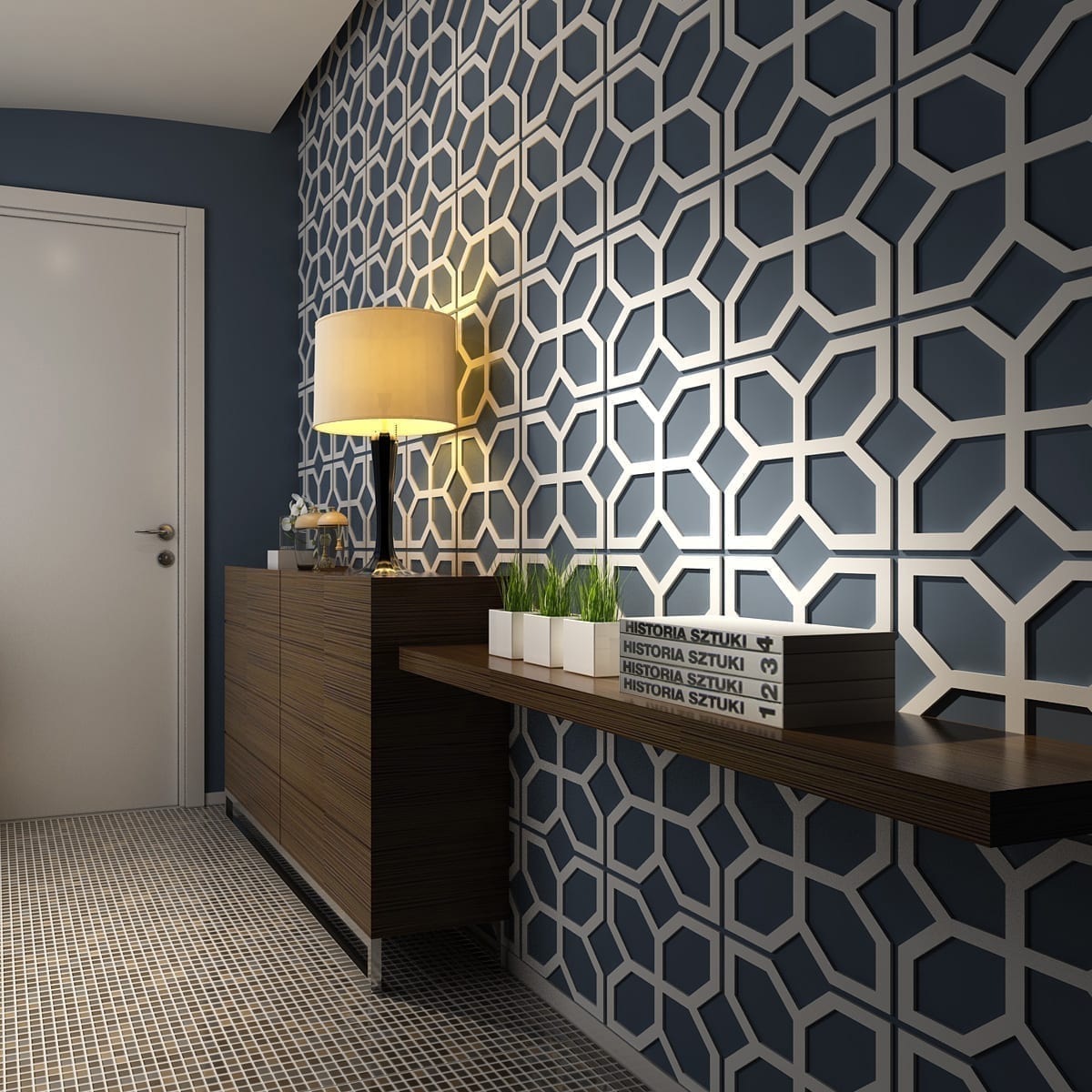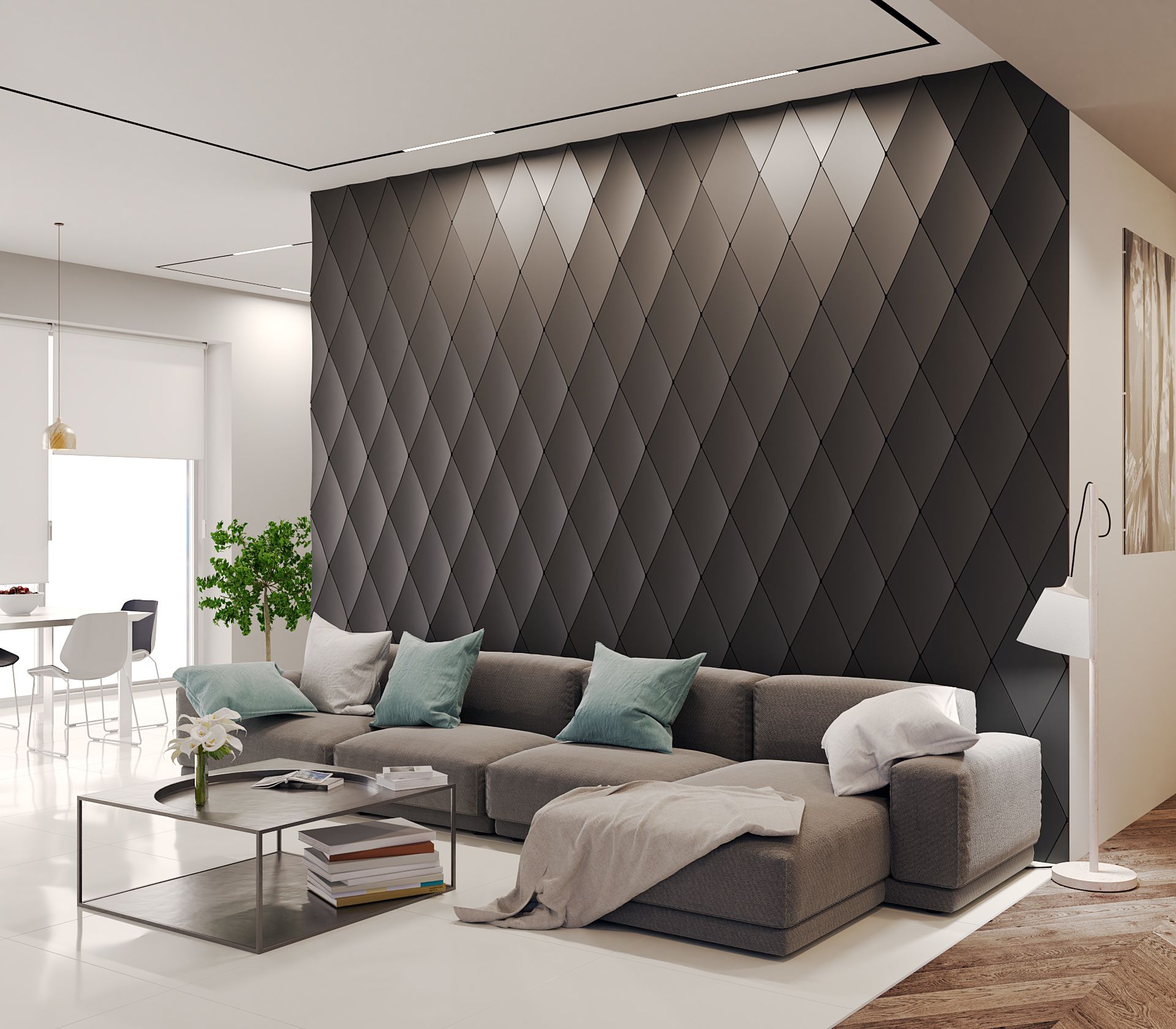Applications of 3D Wall Panels

The remarkable versatility of 3D wall panels allows them to seamlessly integrate into a wide array of residential and commercial settings, transforming ordinary spaces into extraordinary realms. Their unique textures and intricate designs transcend mere aesthetic appeal, unlocking a world of creative possibilities and inspiring interior designs that ignite the imagination.
Unleash the charm of your abode with 3D wall panels that elevate any space with their captivating textures. For those seeking a touch of rustic elegance, explore the enchanting world of rustic wall decor , where natural elements blend seamlessly with contemporary designs.
Return to the 3D wall panels, their intricate patterns casting an ethereal glow upon your walls, creating a symphony of light and shadow that will transform your home into an artistic masterpiece.
Residential Applications
Within the confines of residential spaces, 3D wall panels emerge as the ultimate canvas for self-expression and the creation of bespoke living environments. They lend themselves effortlessly to feature walls, captivating the eye with their captivating depth and dimension. As accent pieces, they introduce an element of surprise, adding a touch of drama and intrigue to any room. Their ability to serve as room dividers is equally impressive, creating distinct zones within an open-plan layout while maintaining a sense of visual connection.
The magic of 3D wall panels transforms any space, evoking the grandeur of Hogwarts Castle with its intricate designs. Hogwarts wallpaper adds an ethereal touch, transporting you to the enchanting world of witches and wizards. Yet, it’s the tactile elegance of 3D wall panels that brings the magic to life, creating a realm of infinite possibilities for interior design.
Commercial Applications, 3d wall panel
The allure of 3D wall panels extends far beyond residential settings, captivating the attention of commercial establishments as well. In retail environments, they serve as a powerful tool for visual merchandising, creating eye-catching displays that entice customers and enhance the overall shopping experience. Hospitality venues embrace their transformative qualities, transforming lobbies and dining areas into welcoming and memorable spaces that leave a lasting impression on guests.
Creative Applications
The creative potential of 3D wall panels knows no bounds. They inspire artists and designers to push the boundaries of conventional interior design, resulting in breathtaking installations that defy expectations. These panels become the medium for imaginative expression, transforming walls into canvases for captivating murals and abstract masterpieces.
Materials and Manufacturing of 3D Wall Panels

In the realm of interior design, where aesthetics and functionality intertwine, 3D wall panels have emerged as a captivating canvas for creative expression. These panels, adorned with intricate patterns and textures, transform ordinary walls into captivating masterpieces. The materials and manufacturing techniques employed in their creation play a pivotal role in determining their durability, versatility, and aesthetic appeal.
Materials
3D wall panels are crafted from a diverse array of materials, each possessing unique characteristics that cater to specific design preferences and functional requirements.
- PVC (Polyvinyl Chloride): PVC panels are renowned for their durability, moisture resistance, and affordability. They are lightweight, easy to install, and come in a wide range of colors and finishes, making them a popular choice for both residential and commercial applications.
- Wood: Wood panels exude an air of natural elegance and warmth. They are available in a variety of species, each with its own distinctive grain patterns and textures. Wood panels are durable and long-lasting, but they require regular maintenance to protect against moisture and insects.
- Metal: Metal panels offer a sleek and contemporary aesthetic. They are highly durable, fire-resistant, and easy to clean. Metal panels are often used in commercial settings, such as offices and restaurants, but they can also be incorporated into residential designs to create a bold and industrial look.
- Fabric: Fabric panels are a unique and soft alternative to traditional wall coverings. They are available in a myriad of colors, patterns, and textures, allowing for endless design possibilities. Fabric panels are often used to create cozy and inviting spaces, such as bedrooms and living rooms.
Manufacturing
The manufacturing process of 3D wall panels involves a combination of techniques, including molding, extrusion, and cutting.
- Molding: Molding is a process in which molten material is poured into a mold and allowed to cool and harden. This technique is commonly used to create panels with intricate patterns and textures.
- Extrusion: Extrusion involves forcing molten material through a die to create a continuous profile. Extruded panels are typically uniform in shape and size, and they can be produced in a variety of lengths and widths.
- Cutting: Cutting techniques, such as laser cutting and waterjet cutting, are used to create precise shapes and patterns in wall panels. These techniques allow for the creation of complex designs and custom-made panels.
Advantages and Disadvantages
The choice of material and manufacturing method for 3D wall panels depends on a number of factors, including the desired aesthetic, durability, and budget. Each material and technique offers its own unique advantages and disadvantages:
| Material | Advantages | Disadvantages |
|---|---|---|
| PVC | Durable, moisture-resistant, affordable, easy to install | Limited design options, can be prone to fading |
| Wood | Natural beauty, durable, long-lasting | Requires regular maintenance, can be expensive |
| Metal | Sleek, contemporary, durable, fire-resistant | Can be expensive, can be difficult to install |
| Fabric | Soft, inviting, endless design possibilities | Not as durable as other materials, can be difficult to clean |
| Manufacturing Method | Advantages | Disadvantages |
|---|---|---|
| Molding | Can create intricate patterns and textures | Can be time-consuming and expensive |
| Extrusion | Uniform shape and size, can be produced in a variety of lengths and widths | Limited design options |
| Cutting | Can create precise shapes and patterns | Can be time-consuming and expensive |
Design and Customization of 3D Wall Panels

The world of 3D wall panels is a kaleidoscope of creativity, where imagination takes shape and individuality shines. Designers have conjured a symphony of designs, ranging from the sharp precision of geometric patterns to the fluid grace of organic shapes. Textures whisper stories of ruggedness, elegance, and tranquility, inviting touch and igniting visual intrigue.
Customization to Suit Design Requirements
The beauty of 3D wall panels lies in their versatility. They can be tailored to harmonize with any design vision, becoming a seamless extension of architectural intent. From the minimalist chic of monochrome hues to the vibrant symphony of colors, the palette is limitless. Textures can mimic the raw allure of stone, the delicate caress of silk, or the weathered patina of time, adding depth and character to any space.
The Symphony of Color, Texture, and Lighting
Color, texture, and lighting dance together to orchestrate a visual masterpiece with 3D wall panels. Bold hues command attention, while subtle shades evoke a sense of tranquility. Textures engage the senses, creating a tactile experience that transcends the visual. Lighting transforms the panels, casting shadows that accentuate their contours and revealing hidden depths. By harmonizing these elements, designers can create spaces that resonate with emotion and inspire the soul.